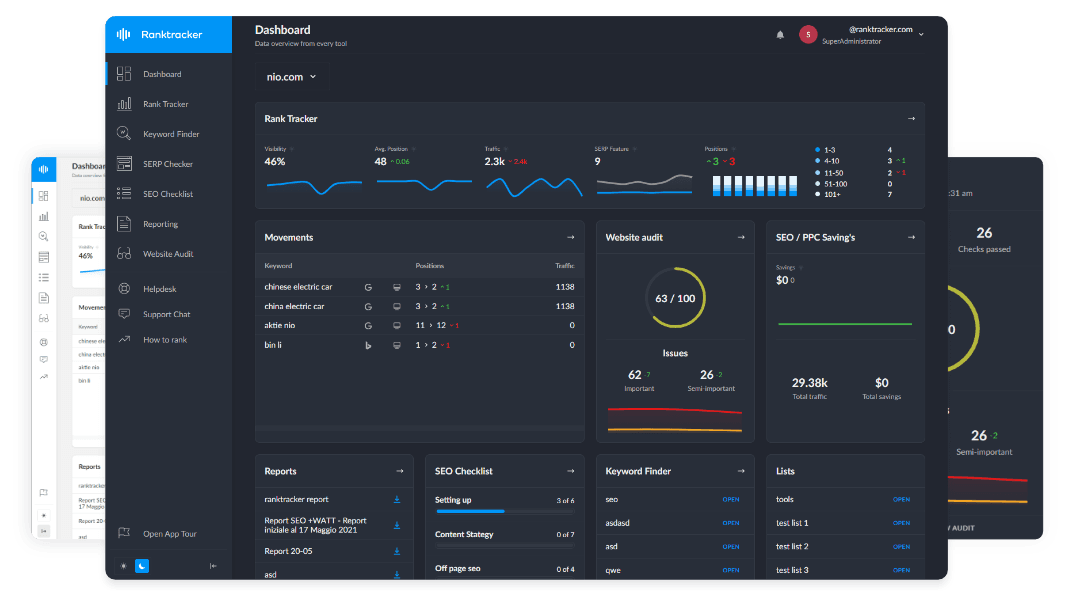Intro
A Positive Ranking State refers to when a webpage consistently ranks well in search engine results pages (SERPs) and maintains high visibility for targeted keywords. Achieving and sustaining this state requires content quality, technical SEO, user engagement, and authority-building.
Why a Positive Ranking State Matters:
- Ensures consistent organic traffic and lead generation.
- Reduces the risk of ranking drops due to algorithm updates.
- Strengthens topical authority and domain trust over time.
Key Factors That Influence a Positive Ranking State
1. Content Quality & Relevance
- Google prioritizes high-quality, user-centric content.
- Fresh, well-researched, and optimized content performs better.
2. Strong User Engagement Signals
- High click-through rate (CTR) and dwell time indicate relevance.
- Low bounce rate signals a positive user experience.
3. Technical SEO & Site Performance
- Fast page speed and mobile optimization boost rankings.
- Proper indexing, crawlability, and structured data enhance search visibility.
4. Backlink Authority & Trust Signals
- Quality backlinks from authoritative domains reinforce credibility.
- Regular link audits prevent toxic links from harming rankings.
5. Consistent Keyword Optimization & Semantic Relevance
- Effective use of primary, LSI, and long-tail keywords ensures topic depth.
- Semantic SEO and topic clustering improve search engine understanding.
How to Maintain a Positive Ranking State
✅ 1. Continuously Refresh & Update Content
- Regularly update statistics, data, and outdated information.
- Add new subtopics, case studies, and FAQs to keep content relevant.
✅ 2. Monitor & Improve User Experience (UX)
- Optimize Core Web Vitals (LCP, FID, CLS) for better page speed.
- Use clear CTAs, structured navigation, and mobile-friendly design.
✅ 3. Strengthen Internal Linking & Site Structure
- Use contextual anchor text to guide users across related pages.
- Implement breadcrumb navigation for better crawlability.
✅ 4. Build & Maintain High-Quality Backlinks
- Earn editorial links from high-authority sources.
- Remove or disavow spammy or toxic backlinks.
✅ 5. Adapt to Algorithm Updates & SEO Trends
- Stay informed about Google Core Updates.
- Adjust SEO strategies based on new ranking factors.
Tools to Track Positive Ranking Performance
- Google Search Console – Monitor keyword performance & indexing.
- Ranktracker’s Rank Tracking Tool – Track ranking fluctuations.
- Ahrefs & SEMrush – Analyze backlinks and competitor rankings.
Conclusion: Achieving Long-Term SEO Success
A positive ranking state requires ongoing optimization, technical improvements, and content refinement. By focusing on user intent, site performance, backlinks, and algorithm adaptability, businesses can maintain top search rankings and sustainable organic growth.
For expert SEO tools, explore Ranktracker’s advanced SEO solutions and safeguard your rankings today!

